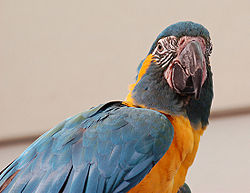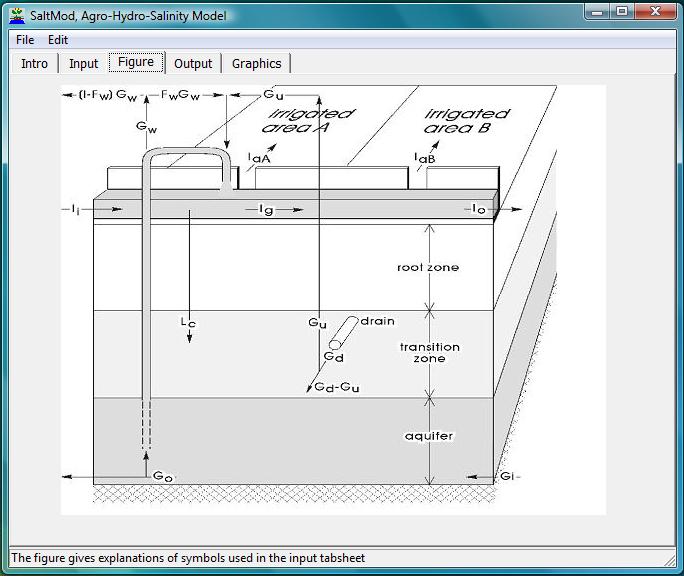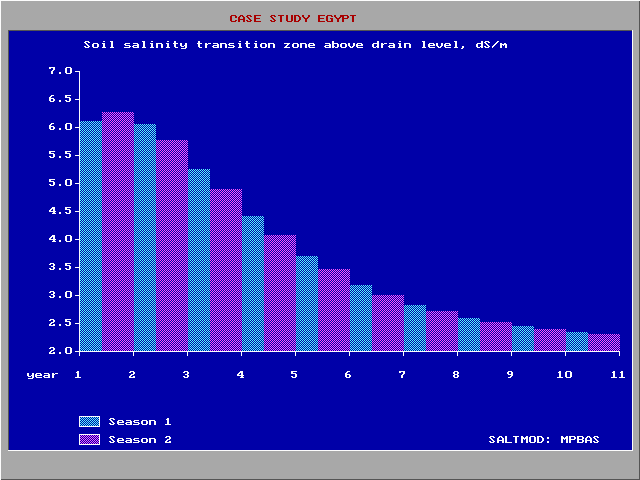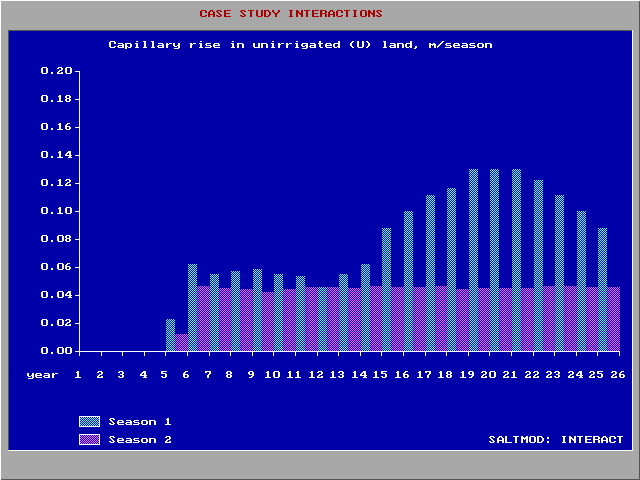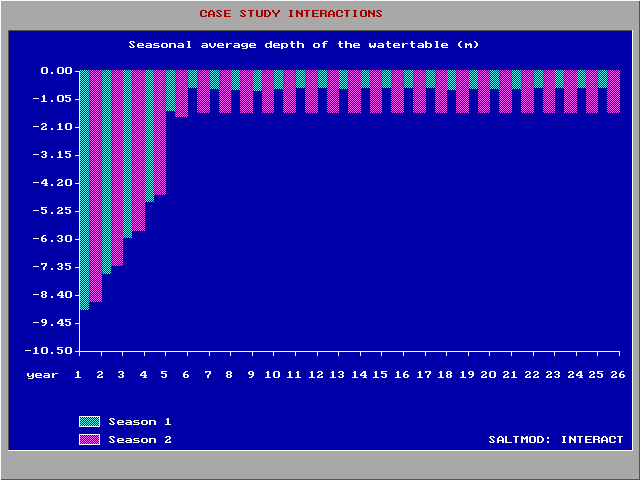|
Summary:
SaltMod is a mathematical, numerical computer
program for the simulation and prediction of the
salinity of soil moisture, ground and drainage
water, the depth of the water table,
drain discharge and leaching of salts in irrigated
agricultural lands under different geohydrologic
conditions, varying water management options,
including the (re)use of groundwater for
irrigation by pumping from wells
(conjunctive use), and several
crop rotation schedules. It uses salt and water
balances (budgets) in the soil. The model aims at sustainable land use and environmentally sound optimal water management for sustainability and can be used for the modeling of reclamation (remediation, rehabilitation, restoration) of saline soils. |
|
Details: Optionally, farmers' responses can be simulated adjusting agriculture and irrigation to waterlogging and soil salinity. A new version of SaltMod was issued on 19 September 2011 which gives the possibility to include the type of crop rotation in the farmers' responses so that, for example, unirrigated (fallow) land can be included in the rotation pattern provided it is not salinized. Further, on 6 Februari 2012, the farmers' responses were extended with the option to set the maximum soil salinity allowed by them before they begin abandoning part of the land. The model calculates the actual evaporation from the potential evapotranspiration, the capillary rise and the deep percolation. The SaltMod mathematics can be inspected in the background document while the user interface can be consulted at the model menu. |
|
Start: The program starts clicking on Saltmod.Exe. More information is given in the program itself. |
|
Acknowledements: On 3 August 2011, through correspondence with Mrs. Shabnam Alinejad, a bug was detected in the SaltMod model and it was was quickly removed. On 24 September the input interface, in some cases, was given a multiple choice box instead of an edit box. |
|
Experiences:
For improvement, I am interested to learn about
your experiences with SaltMod. For this, there
is a contact form. |
SaltModM (modern)
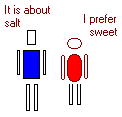
Download
SaltMod (classic)
